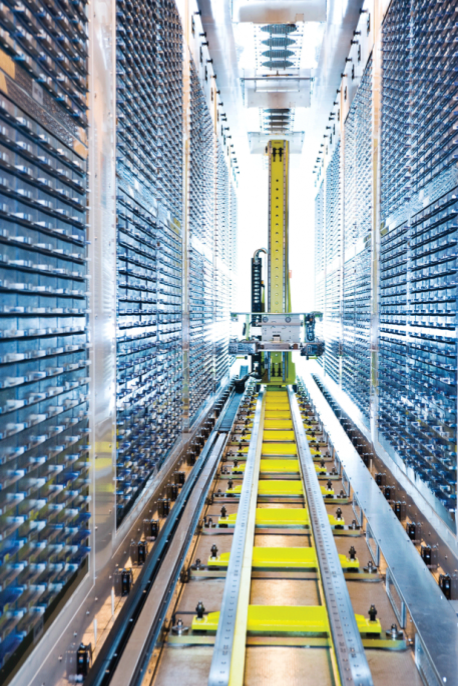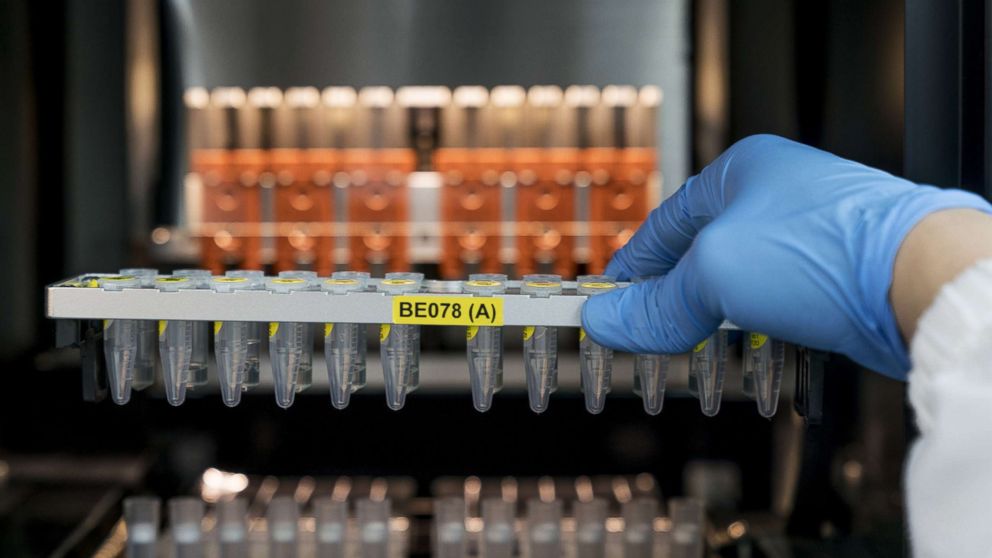Before: People were only able to try to keep track of their family trees with what was on paper. What was written in letters, found in pictures, or discovered in archives was the only way that people could know about their heritage, and their family. Genealogists were also available for hire, and also used things such as birth and death certificates to aid in their research.
After: 23andMe is a service offered online for people who want to learn more about their past and heritage. All a person needs to do is buy one of their kits, spit in a tube, and send it to the company to analyze. They get back to the consumer in less than three weeks. They do not, however, keep the DNA information confidential. The company has recently sold their data to multiple other companies, mainly drugmakers. This information is used by the outside companies to aid in their research -- trying to understand the cause of certain diseases, as well as figuring out possible cures for them.

